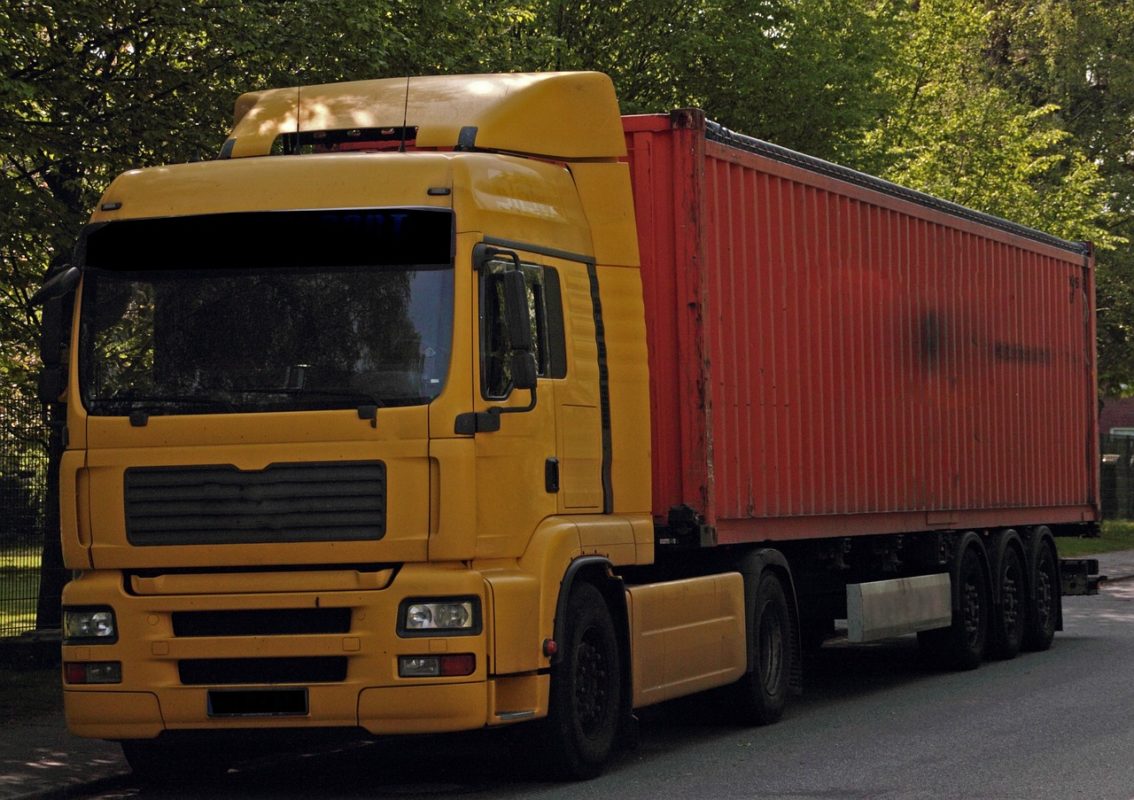
- Categories:
- News
- /
- Blog
Will retrofit of electric drivetrains be the answer to electrification for small truck fleets?
Blog: By Dominic Scholfield, Mobility and Strategy Team Leader, Cenex
It’s clear that the move to battery electric drivetrains for even the heaviest trucks is moving much faster than anyone anticipated, even two or three years ago. There’s still an open question about how far this transition can go. Still, it looks like battery electric will take the majority of the market, with some share for hydrogen, (and possibly battery swapping in my personal opinion).
This is all fine for large fleets, who have access to capital and can swallow the higher up-front cost to reap the benefits of lower running costs, and in future likely lower overall cost of ownership. But where does it leave the long tail of small fleets, or one-man-bands, who typically buy their trucks 2nd,3rd or 4th-hand? Owner-operators with a single vehicle comprise almost 50% of operators in the UK, and fleets of 2-5 vehicles another 35%, so it’s an important question.
The pessimistic view is that these fleets will either keep diesel vehicles on the road for as long as they possibly can, or they will simply give up and go out of business. However, it looks increasingly likely that another option will be to retrofit a diesel truck with an electric drivetrain.
This is already emerging as a solution to a similar problem in the bus and coach industry, with retrofit companies such as Kleanbus coming into the market. At Silverstone, Lunaz is taking used bin lorries and carrying out a total strip-down and rebuild with an electric drivetrain, and they have ambitions to move on to other types of HGV.
EV retrofit for trucks has gained more traction initially in markets where annual mileage is higher than the UK, and trucks routinely have the engine replaced mid-life anyway. In Australia, Janus is combining electric retrofit with battery swapping to electrify the very long truck journeys down their East Coast, and in France, ADEME the Agency for Ecological Transition, is providing financial support for retrofit. Renault is already promoting the reconditioning of used trucks, and under the ADEME scheme, they recently collaborated with Novumtech to repower a 12t rigid in Lyon to electric drive. UK company BEDEO is promoting the same idea for vans and has also had a better reception for the idea in France, where they are partnering with PSA.
The cost of retrofitting is certainly cheaper than a new electric HGV, but at the moment it’s still too much for most small fleets to swallow. However costs are falling, and soon with government support it could be an economically viable option for many – and certainly government funding would go a lot further in terms of vehicles on the road. It’s certainly something to watch closely for the next few years.
One other major issue remains though – as with the tail end of the bus and coach fleet, there is the question of where small HGV fleets will be able to recharge. However, unlike small coach fleets, small HGV fleets do most of their work as subcontractors to larger fleets, providing them with flexible capacity. As such, the larger fleets will probably be able to provide depot charging to their subcontractors. It does leave the small operators in a precarious position though and underlines the need for a comprehensive and reliable public charging infrastructure for HGVs and cars.
Cenex is already incorporating the exploration of these issues into its existing work and would be keen to explore partnerships to develop new R&D in this space. If your company is involved or wants to be involved in retrofitting electric drivetrains in any vehicles, we would be keen to talk to you.
To review the electric and retrofit options available please visit the Cenex Commercial Vehicle Finder Tool: https://commercialvehiclefinder.cenex.co.uk/